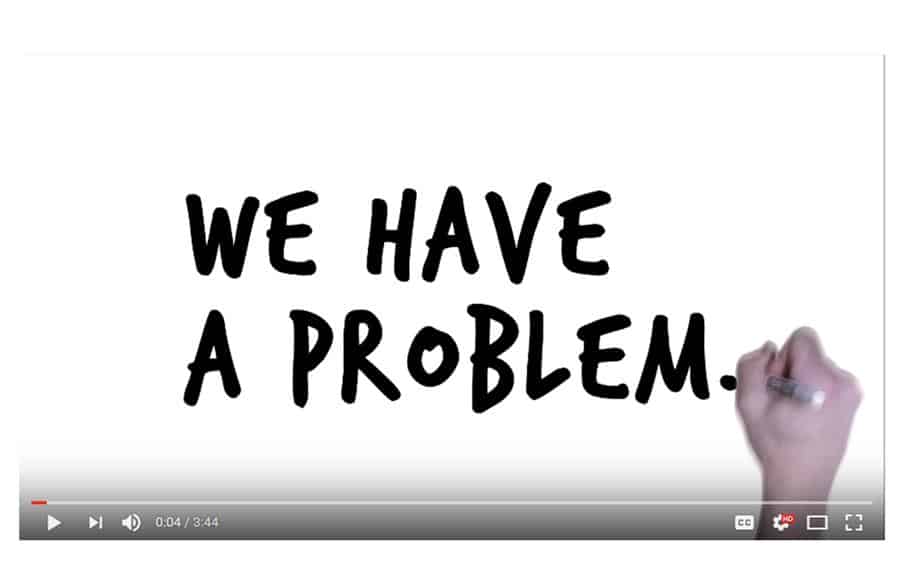Measuring Energy
Energy is the most critical building block of modern societies because of the work it allows us to do. For commercial purposes, energy is measured in fiat currency per unit of energy ie $ per litre of gas or cents per kWatt hour of electricity.
But on a national policy basis, energy must be measured in its own terms. Currency can be printed whereas energy cannot. So, to measure the real cost of producing energy, the ratio of EROI Energy Return on Energy Invested was developed.
EROI
EROI represents the energy input needed to produce an energy output. The richest oil fields in their early days may have produced 100 barrels of oil for every 1 barrel used to exploit the resource. The net energy available for consumption would then be 99 barrels. Today, the newest oil plays like the oil sands and fracking have EROIs of around 5:1.
EROI is a very simple concept and once an individual becomes familiar with it, the chaotic world of energy supply and pricing becomes much more clear.
Energy Policies
It is important for societies to understand the increasing real costs and reduced abundance of energy our future holds in order for policy formation to adequately adjust to this new reality. Past expectations cannot be allowed to drive future policy.
Our policy making apparatus has to understand that throwing money at energy will not produce more net energy if the EROIs are very low. Money in does not mean net energy out. Ethanol (biofuels) is an excellent example of that misconception.
A high functioning society needs to know how to measure its most vital resource and EROI allows us to do that.
Please take 5 minutes to view the video below which explains the concept of EROI and illustrates its importance with several current and historical examples.


